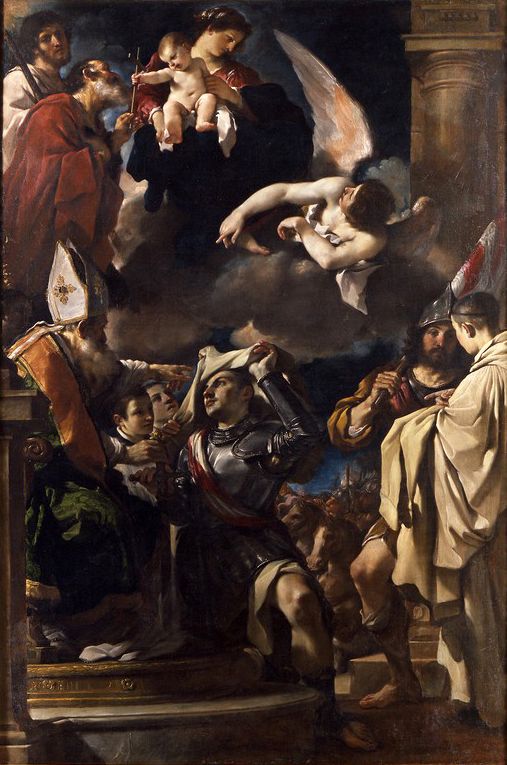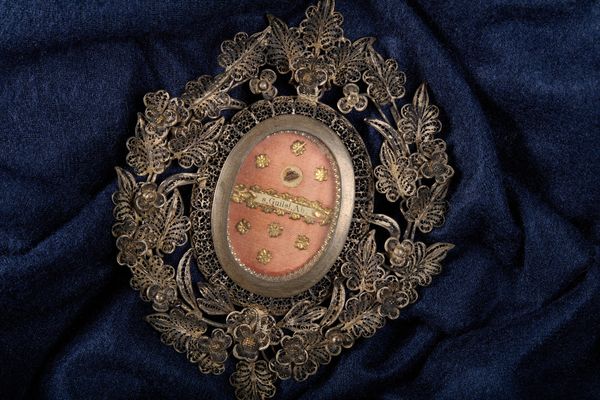William was born in northern France in the mid-8th century, to Thierry IV, Count of Autun, and his wife Aldana. His son, and likely William himself, was a relative of Charlemagne. He spent his youth in the court of Charlemagne. In 788, Chorso, Count of Toulouse, was captured by the Basque Adalric, and made to swear an oath of allegiance to the Duke of Gascony, Lupus II. Upon his release Charlemagne replaced him with his Frankish cousin William (790). William, in turn, successfully subdued the Gascons.
In 793, Hisham I, the successor of Abd ar-Rahman I, proclaimed a holy war against the Christians to the north. He amassed an army of 100,000 men, half of which attacked the Kingdom of Asturias while the other half invaded Languedoc, penetrating as far as Narbonne.
William met this force and defeated them. He met the Muslim forces again near the river Orbieu at Villedaigne but was defeated, though his obstinate resistance exhausted the Muslim forces so much that they retreated to Hispania. In 801, William commanded along with Louis, King of Aquitaine a large expedition of Franks, Burgundians, Provençals, Aquitanians, Gascons (Basques) and Goths that captured Barcelona from the Ummayads.
In 804, he founded the abbey in Gellone (now Saint-Guilhem-le-Désert) near Lodève in the diocese of Maguelonne. He granted property to Gellone and placed the monastery under the general control of Benedict of Aniane, whose monastery was nearby. Among his gifts to the abbey he founded was a piece of the True Cross, a present from his cousin Charlemagne. Charlemagne had received the relic from the Patriarch of Jerusalem according to the Vita of William.
In 806, William retired to Gellone as a monk and eventually died there on 28 May 812 (or 814). When he died, it was said the bells at Orange rang on their own accord.
Gellone remained under the control of the abbots of Aniane. It became a subject of contention, however, as the reputation of William grew. So many pilgrims were attracted to Gellone that his corpse was exhumed from the modest site in the narthex and given a more prominent place under the choir, to the intense dissatisfaction of the Abbey of Aniane. A number of forged documents and assertions were produced on each side that leave details of actual history doubtful. The abbey was a major stop for pilgrims on their way to Santiago de Compostela. Its late-12th-century Romanesque cloister, systematically dismantled during the French Revolution, found its way to The Cloisters in New York. The Sacramentary of Gellone, dating to the late 8th century, is a famous manuscript.
Credits:
Discriptions of saints lives and biographies have been excerpted, summarized, or compiled from
Franciscan Media,
CatholicSaints.Info,
Catholic Online, and
Wikipedia.

